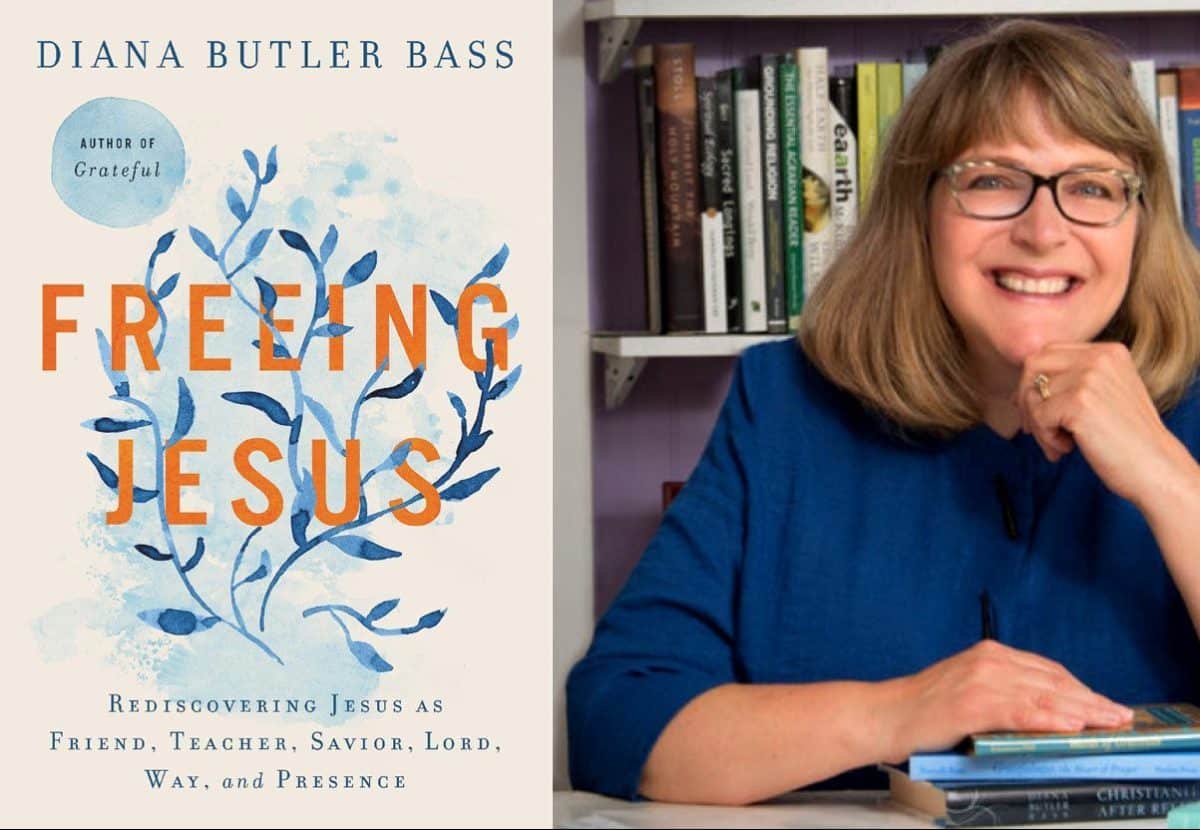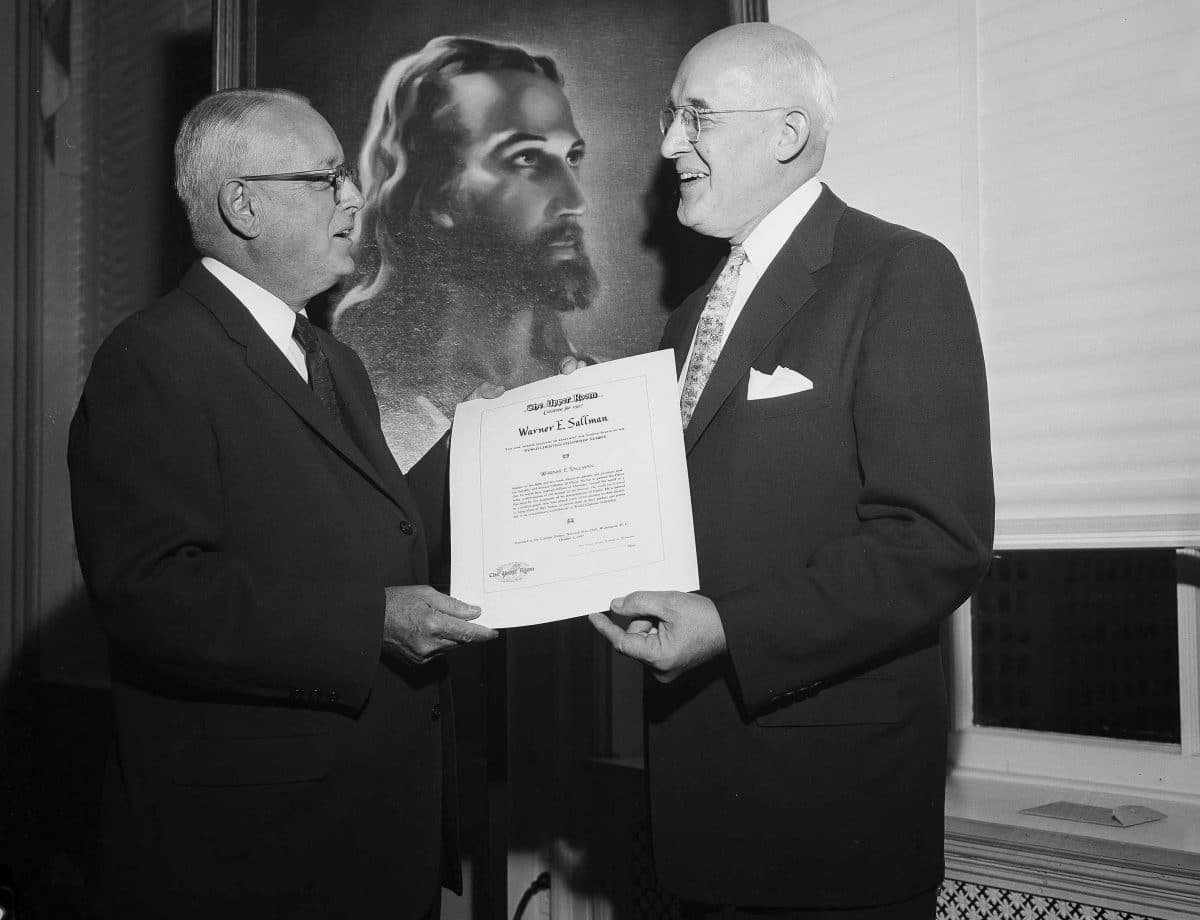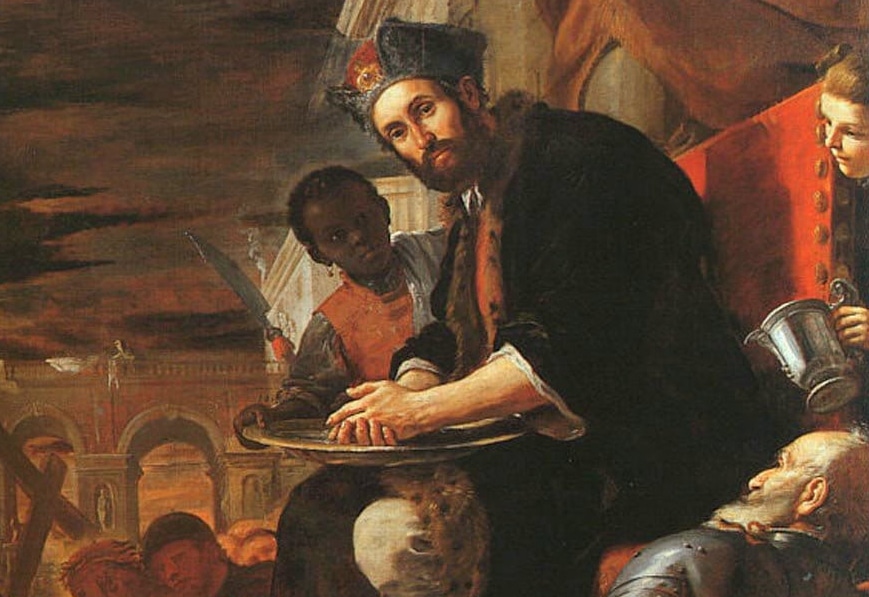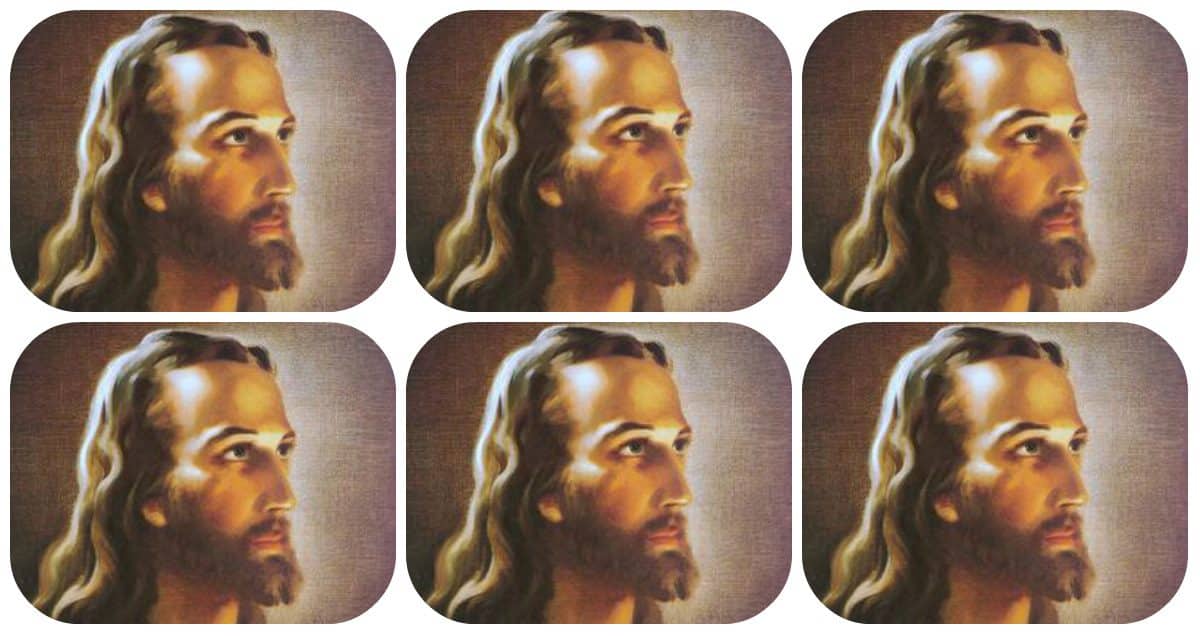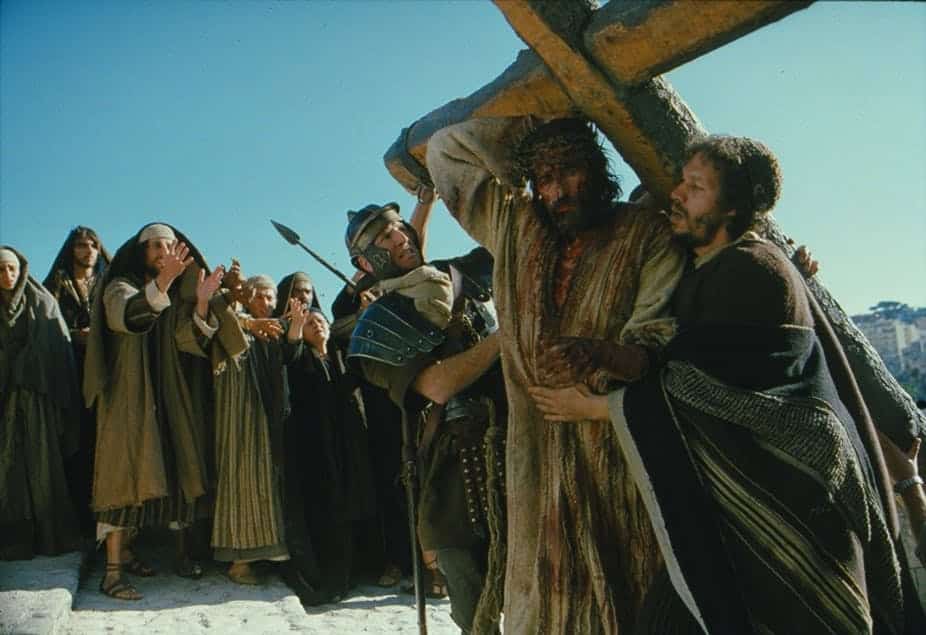Review & Giveaway: Jesus’ Vision for Your One Wild and Precious Life
This issue of A Public Witness unpacks the unique angle explored in the latest Mike Graves book “Jesus’ Vision for Your One Wild and Precious Life: (on Things Like Poverty, Hunger, Polarization, Inclusion, and More).”



